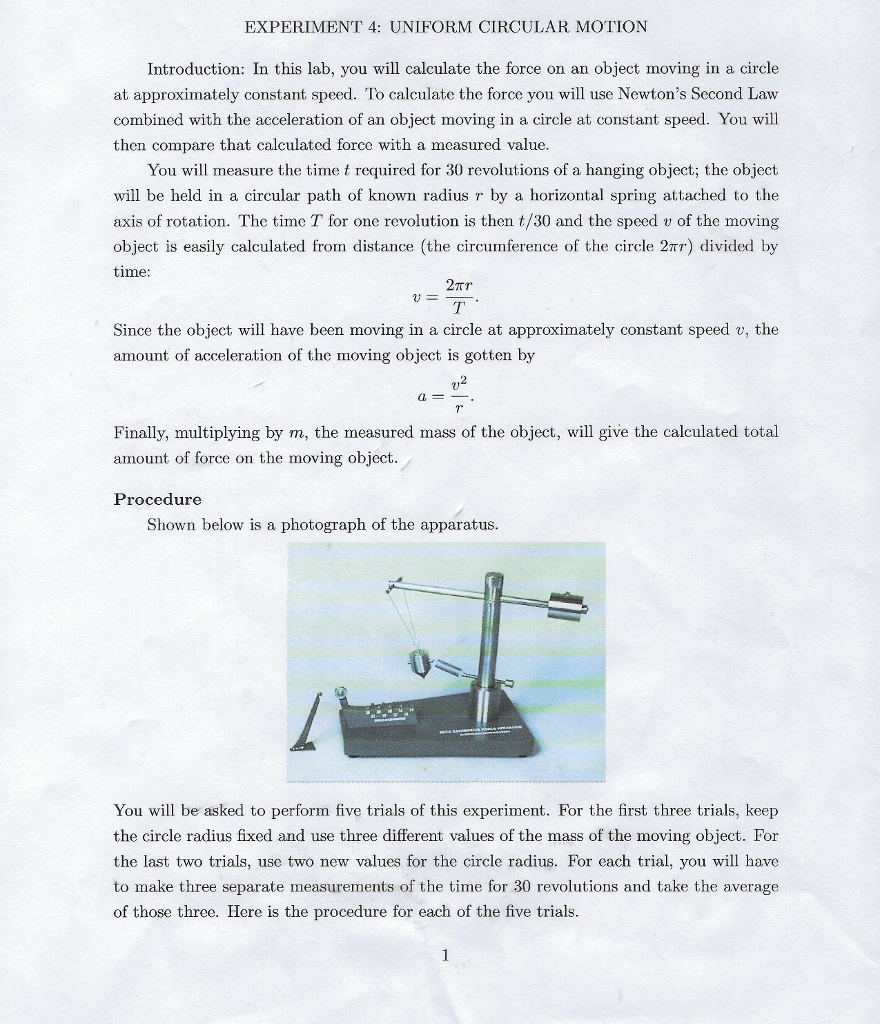Are you desperately looking for 'homework problems uniform circular motion'? Here you can find your answers.
Table of contents
- Homework problems uniform circular motion in 2021
- Circular motion problems worksheet answers
- Circular motion worksheet with answers pdf
- Circular motion practice
- Circular motion problems and solutions
- Circular motion problem set
- Circular motion advanced problems
- Uniform circular motion practice problems with answers pdf
Homework problems uniform circular motion in 2021
 This picture illustrates homework problems uniform circular motion.
This picture illustrates homework problems uniform circular motion.
Circular motion problems worksheet answers
 This image shows Circular motion problems worksheet answers.
This image shows Circular motion problems worksheet answers.
Circular motion worksheet with answers pdf
 This picture shows Circular motion worksheet with answers pdf.
This picture shows Circular motion worksheet with answers pdf.
Circular motion practice
 This image representes Circular motion practice.
This image representes Circular motion practice.
Circular motion problems and solutions
 This picture illustrates Circular motion problems and solutions.
This picture illustrates Circular motion problems and solutions.
Circular motion problem set
 This image representes Circular motion problem set.
This image representes Circular motion problem set.
Circular motion advanced problems
 This image representes Circular motion advanced problems.
This image representes Circular motion advanced problems.
Uniform circular motion practice problems with answers pdf
 This image illustrates Uniform circular motion practice problems with answers pdf.
This image illustrates Uniform circular motion practice problems with answers pdf.
Why is an object moving in a circle accelerating?
Explain why an object moving in a circle at a constant speed is accelerating. Identify the three controls on a car which allow the car to accelerate. Anna Litical is practicing a centripetal force demonstration at home. She fills a bucket with water, ties it to a strong rope, and spins it in a circle.
When does the mass have to be at equilibrium to have a circular motion?
To have a perfectly circular motion, the mass needs to be at an equilibrium position such that the centripetal force is equal to the spring force. Using Hooke's law, if x is the spring's elongation from equilibrium, then, the spring's force is − K x.
Which is a problem in uniform circular motion?
Uniform Circular Motion Practice Problems A spiraled tube lies fixed in its horizontal position (i.e. it has been placed on its side on a table). When a marble is rolled through it, the marble curves around the tube. Draw the path of the marble after it exits the tube.
What is the problem of a frictionless table?
In the problem is you have a frictionless table and a nail in the centre where a spring is attached. At the end of the spring there is a mass attached to it. The problem doesn't have numbers, K is the springs constant, L is its natural length, m is the mass of the object attached.
Last Update: Oct 2021